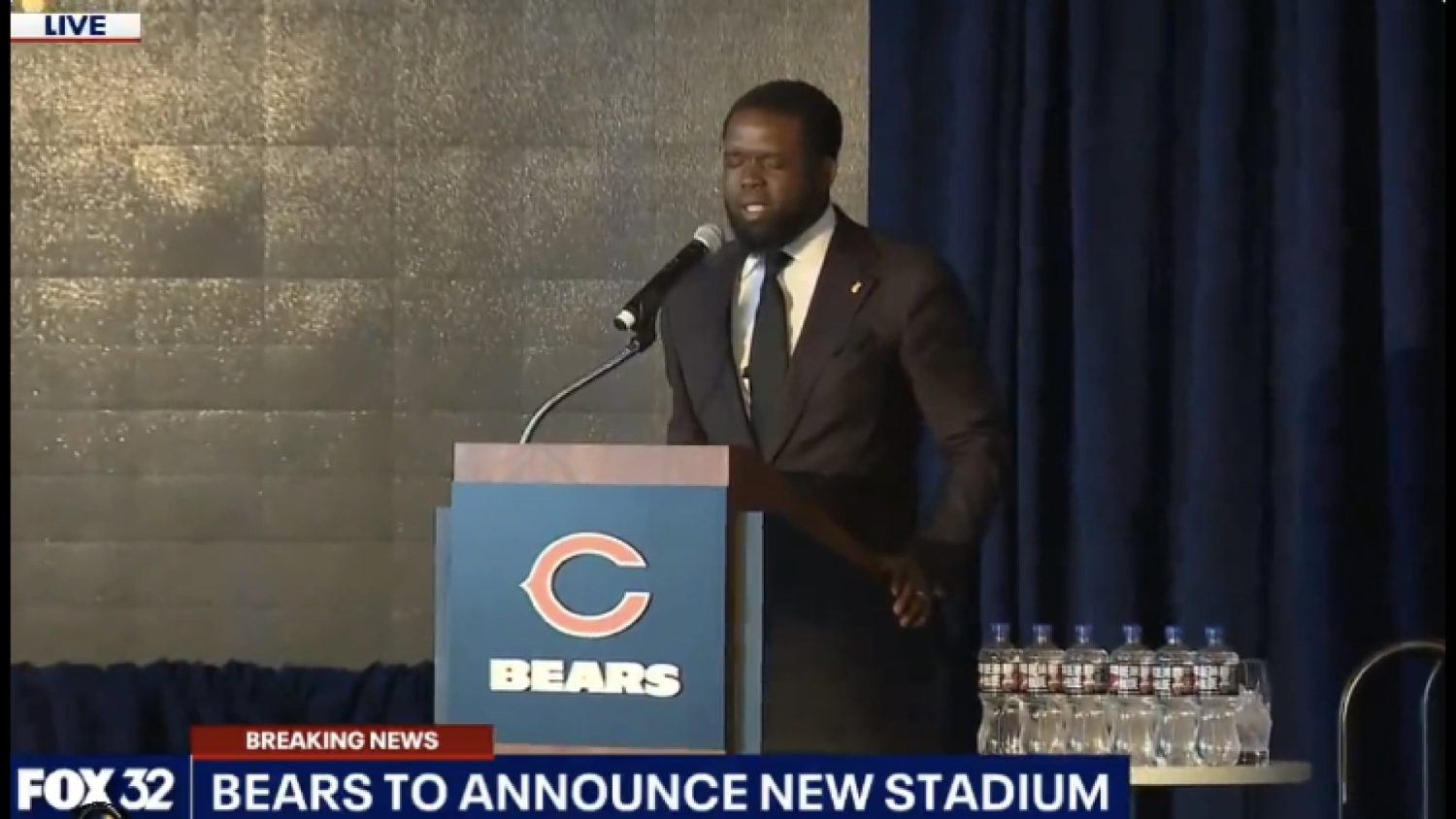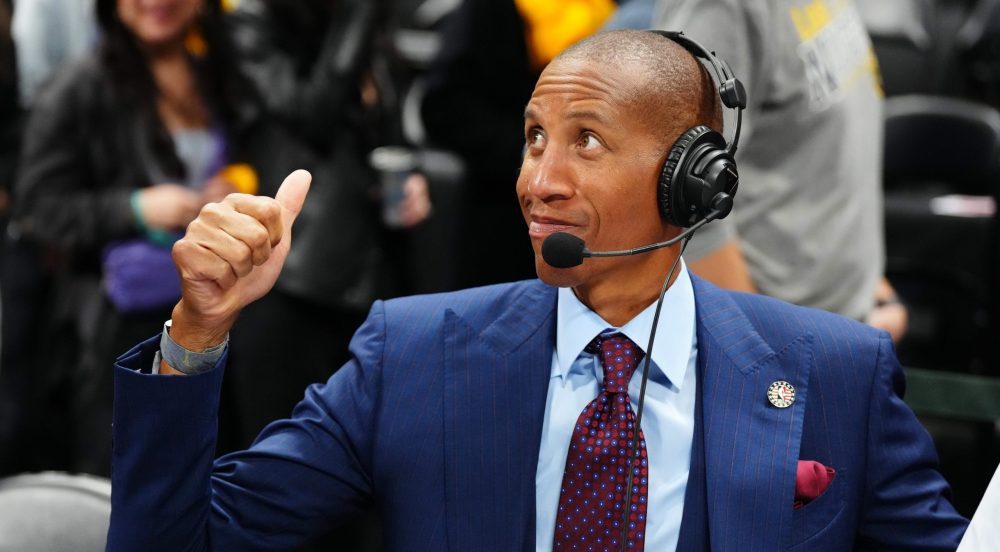Formula 1’s year of record American ratings continued over the holiday weekend, with ESPN’s coverage of the Monaco Grand Prix averaging 1.4 million viewers.
That’s a new cable high for American viewership of one of the most prestigious races on the F1 calendar. ESPN, understandably, was proud of this enough to put out a press release today:
ESPN’s live telecast of the rain-delayed Formula 1 Monaco Grand Prix on Sunday, May 29, averaged 1.4 million viewers, the largest live cable audience for the race on record and the second most-viewed live telecast of the historic race ever. Viewership was up 43 percent over the 2021 edition of the race, which aired on ESPN2 and averaged 977,000 viewers.
Excluding the rain delay, the race telecast averaged 1.6 million viewers from 10 a.m. until noon ET as Mexico’s Sergio Pérez drove to victory. During the rain delay prior to the start of the race, 1.2 million were tuned in from 8:53 – 10 a.m. as they waited for action to start. The audience peaked at 1.8 million viewers in the 10:30-10:45 a.m. quarter hour.
The qualifying use of “cable” does dampen the enthusiasm slightly, but on the other hand, it’s still very much a factor. Comparing ESPN cable audiences in 2022 to network NBC audiences nearly a decade ago isn’t a fair way to judge success. (That’s also a handy example of why ratings discourse is difficult to parse, and often misinterpreted by people either willfully or unwittingly.)
Most encouraging: the demographics, which continue to be up year-over-year in the more coveted age groups:
This year’s seasonal average of 1.4 million viewers is 45 percent larger than the 948,000 average through the first seven races of the 2021 season and up 45 percent over the 949,000 season-long average for 2021, which was the most-viewed F1 season ever on U.S. television.
ESPN’s Formula 1 telecasts also continue to attract younger viewers – the race averaged 595,000 viewers in the Persons ages 18-49 demographic, up 45 percent over last season’s race average of 411,000. ESPN was averaging 319,000 viewers per race in the Persons 12-34 age group through the first six races of the season, up 84 percent over the average of 174,000 for the first six races of 2021.
The rain delay was unfortunate, and could perhaps have impacted some of the audience totals. But, on the other hand, it led to some fairly entertaining television, with Sky Sports commentators openly admonishing the sport’s governing body to get racing, followed by the intrigue of wet-weather strategy. (Which Ferrari botched, leading to a deserving Sergio Perez winning for Red Bull.)
With F1 rights currently being renegotiated, and ESPN looking to hang onto them (for obvious reasons), this is yet another example of why they could end up so valuable in the coming years. To a certain point, F1’s growth in America might be slightly overstated; yes, it’s all over Twitter on race days, but Twitter isn’t real life.
That said, the numbers don’t lie here. Improvement (especially improvement in the key demographics) is evident. Considering the sport itself is clearly invested in increasing exposure in the American market, it’s hard to see it as anything other than a prime growth opportunity, even if that growth looks different on the ratings side than it would have in, say, 2002.
[ESPN]





